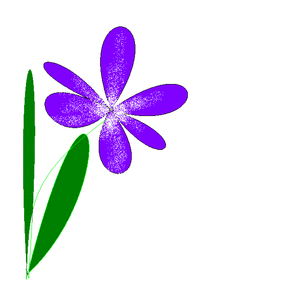The Book of Symbols: Carl Jung’s Catalog of the Unconscious
by Kirstin ButlerWhy Sarah Palin identifies with the grizzly bear, or what the unconscious knows but doesn’t reveal.
 A primary method for making sense of the world is by interpreting its symbols. We decode meaning through images and, often without realizing, are swayed by the power of their attendant associations. A central proponent of this theory, iconic Swiss psychoanalyst Carl Gustaf Jung, made an academic case for it in the now-classic Man and His Symbols, and a much more personal case in The Red Book.
A primary method for making sense of the world is by interpreting its symbols. We decode meaning through images and, often without realizing, are swayed by the power of their attendant associations. A central proponent of this theory, iconic Swiss psychoanalyst Carl Gustaf Jung, made an academic case for it in the now-classic Man and His Symbols, and a much more personal case in The Red Book.Beginning in the 1930s, Jung’s devotees started collecting mythological, ritualistic, and symbolic imagery under the auspices of The Archive for Research in Archetypal Symbolism (ARAS), an organization with institutes throughout the U.S. In the intervening 80 years, the ARAS archive has grown to contain more than 17,000 images and 90,000 pages of cultural and psychological scholarly commentary on pictorial archetypes, all of which is now fantastically, fully digitized.
You can browse through ARAS via a list of common archetypes, or search by word, producing a cross-indexed result with thumbnail images and a timeline of where and when that idea appeared throughout history.
Nonetheless, to access this treasure trove you still have to be a member of ARAS online, or take trip to one of its four physical locations. Enter publishing powerhouse Taschen, and the extraordinary release — 14 years in the making — of The Book of Symbols: Reflections on Archetypal Images. An 800-page reference tome of ARAS’s archival riches, The Book of Symbols is epic in every sense — its ambition is nothing less than to represent the pictorial patrimony of human history.
The book divides its images into five categories, “Animal World,” “Creation and Cosmos,” “Human World,” “Plant World,” and “Spirit World,” and contains 350 essays from experts in art, folklore, literature, psychology, and religion — a systematic exploration of symbols and their meanings throughout history and an unparalleled reference guide to visual experience from every era and part of the world.
Whatever the nature of your own work, from advertising to zoology, you’ll find yourself endlessly fascinated and illuminated by The Book of Symbols and its beautiful exploration of the origins, forms, and influence of our common visual culture.










 Kirstin Butler is writing an adaptation of Gogol for the Google era called
Kirstin Butler is writing an adaptation of Gogol for the Google era called 
0 comments:
Post a Comment